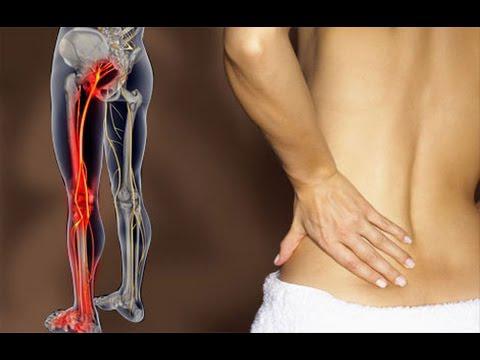
Lumbago simply means "pain in the lower back region" which may be acute (spontaneous, lasting for less than 6 weeks), sub-acute (lasting from 6 weeks to 3 months) or chronic (if present for more than 3 months). There may be mild to moderate discomfort in the lower back region which may lead to pain and stiffness in the subsequent days. It gets resolved with the proper care and management, but sometimes it's persistent and affects the quality of life very badly.
It's evident in individuals of every age group and race but particularly affects young adults more as they are more active physically and later, in elder population. About 80% of the world population experiences this problem.
SYMPTOMS:
Individuals suffering from lower back pain may be having the following symptom/s:
Extra Notes:
TREATMENT:
There are many ways to treat lower back pain. Unfortunately the traditional commonly used methods treat only symptoms for temporary relief; they don't really work on the actual cause of the pain. Here are:
The most effective way to treat spondylosis; trapped nerve (sciatica); muscle and/or joint pain; slipped disc; and back or neck pain is the "McKenzie Method of Mechanical Diagnosis and Therapy (MDT)". As recently in Oct 2014 a research study conducted on 271 patients in Kosovo found MDT more useful and effective than other electro-physical agents (EPAs). The method has fast acting and long-lasting effects on patients' health. Moreover, it has NO side effects which may occur with other treatment strategies. This is because, this method helps your physician to find out what is the exact cause of your problem and allows to apply the 1-2 exercise patterns which are best suitable for your specific condition.
At first, detailed history of the person is taken and patient is tested functionally and mechanically by recording the body's response to different movements and positions. The treatment strategy is then planned on the basis of findings recorded and the person is advised to maintain certain posture and perform specific exercises at home and office. Every person is also advised to follow some interventional guidelines to avoid future problems. This prevention plan is based on your body's symptomatic behavior that was recorded previously on your first assessment. This is very important because back pain tends to recur after a long duration of time so it's important for the patient to be educated in how to avoid future pain episodes.
The accurate and precise diagnosis allows the physician to treat the person perfectly according to his/her particular condition. Therefore, every person using the McKenzie Method is treated exclusively according to his/her underlying specific problem as every person has a different underlying pathology for lumbago. McKenzie method allows therapist to identify the underlying cause and its nature on the spot and uses different techniques to fix the root of the problem. This results in fastest and longer lasting treatment results. This method is very special as it eliminates the other expensive diagnostic tests and the diagnosis & treatment is carried out by the same therapist. Unlike other methods MDT allows you to manage and control your pain on the permanent basis.
Leave a Comment